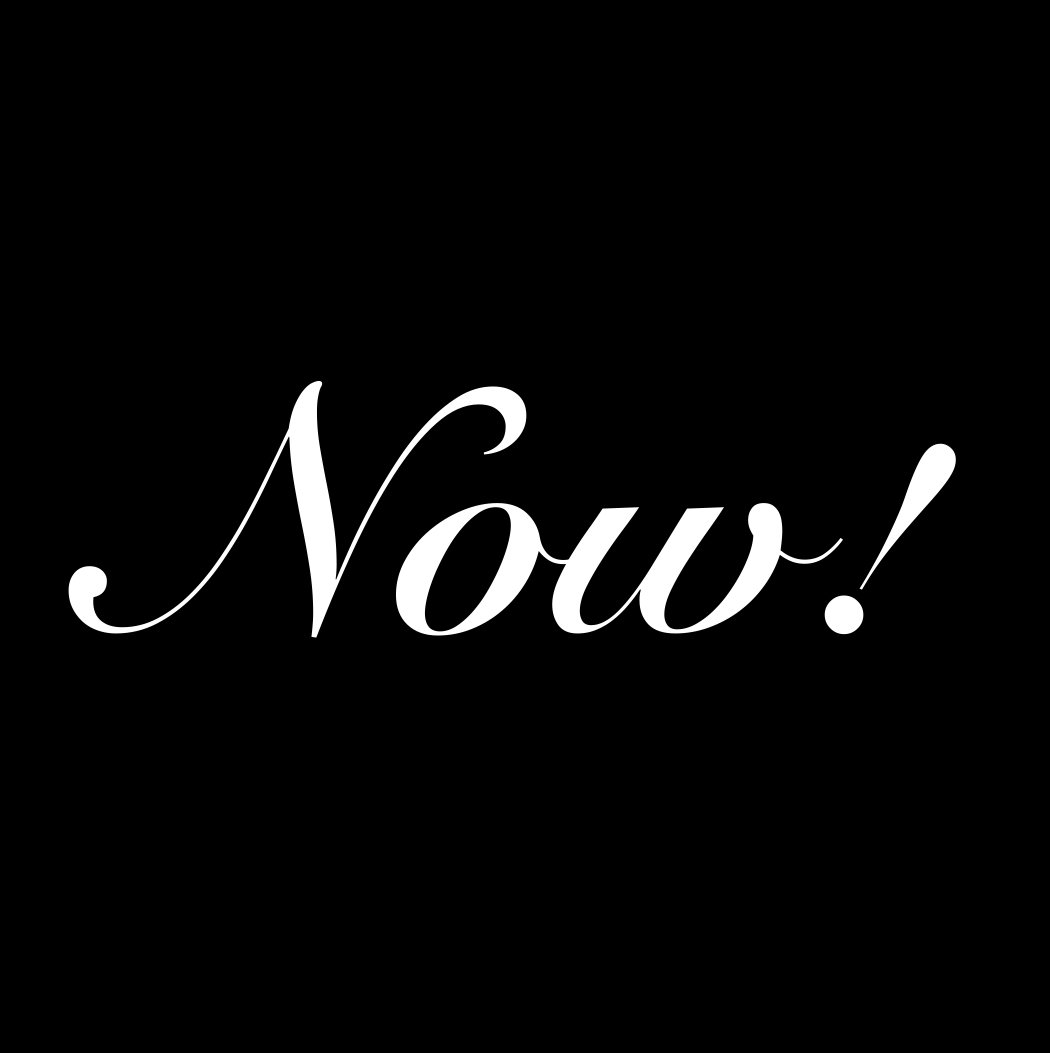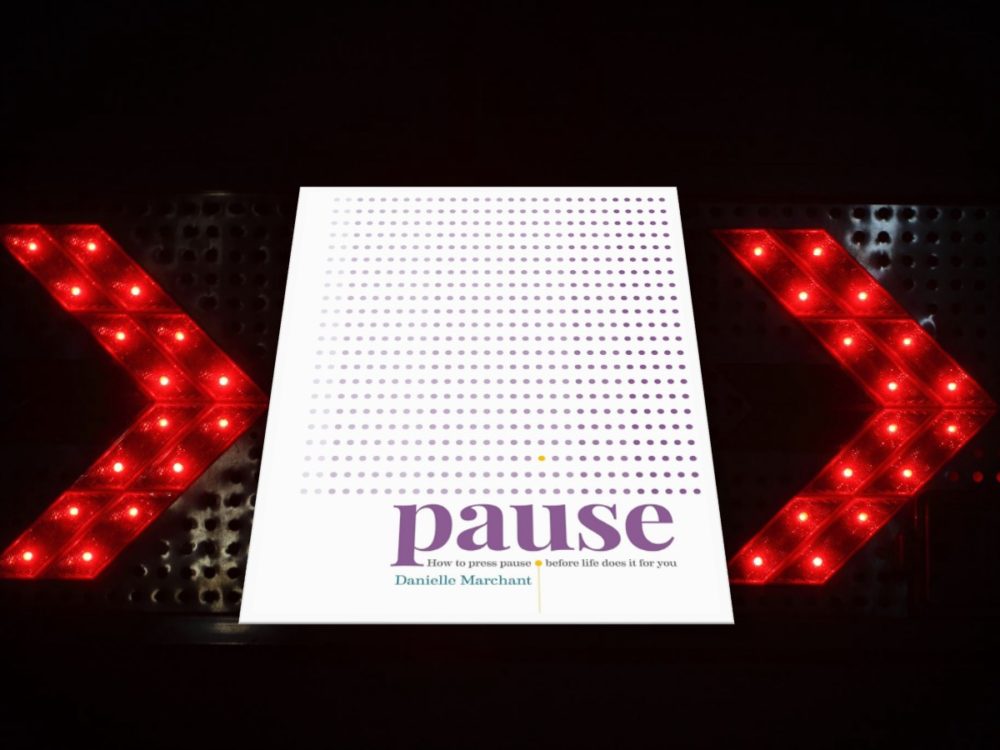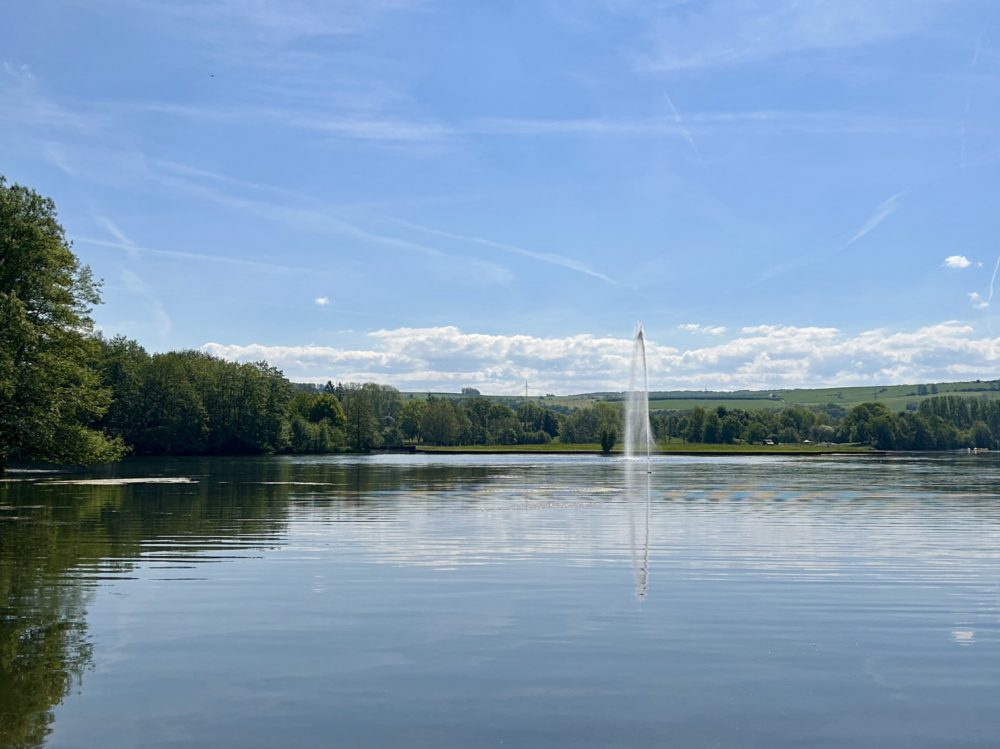This book by Danielle Marchant aims to help readers find balance and happiness in their lives by learning to slow down and reconnect with themselves. The book is inspired by the author’s own experience of suffering a burn-out and recovering through mindfulness and self-care practices.
The book starts with a compelling premise: that we live in a fast-paced and stressful world that demands us to be constantly productive and efficient, but that also deprives us of the time and space to reflect and enjoy the present moment. The author argues that this can lead to physical, mental and emotional exhaustion, and that we need to learn to pause and listen to our inner wisdom before life forces us to do so.
The book then offers a variety of exercises and tips to help readers achieve this goal, such as spending time in nature, journaling, meditating, breathing, creating, and finding a supportive community. The author draws from her background as a coach and a researcher, as well as from various sources of wisdom, such as life counsellors, traditional Asian philosophies, and spiritual teachers.
While the book has some valuable insights and suggestions, it also suffers from some flaws that undermine its effectiveness. The main problem is that the book lacks focus and coherence, and often deviates from its original concept. The author tries to cover too many topics and perspectives, but fails to integrate them into a clear and consistent framework. The book also becomes repetitive and vague at some points, and does not provide enough evidence or examples to support its claims.
Another issue is that the book does not address the root causes of the problem it tries to solve. The author acknowledges that the modern society and culture are largely responsible for the stress and dissatisfaction that many people experience, but she does not offer concrete solutions or alternatives to change this situation.
The book also ignores the structural and systemic factors that limit people’s ability to pause, such as economic inequality, social injustice, and environmental degradation. The book seems to assume that everyone has the same access and opportunity to practice the pause, regardless of their circumstances and challenges.
The book also misses some important aspects of the topic that other similar books explore. For instance, the book does not offer any practical advice on how to manage one’s time and energy more effectively, or how to deal with the expectations and pressures of the workplace and the society.
In conclusion, this book that has a good intention and a relevant message, but that fails to deliver it in a convincing and engaging way. The book might be useful for some readers who are looking for a gentle introduction to the concept of pausing, or who are interested in exploring different sources of inspiration and guidance.
However, the book might also disappoint or frustrate those who are looking for a more rigorous and comprehensive approach to the topic, or who are facing more complex and challenging situations in their lives.






